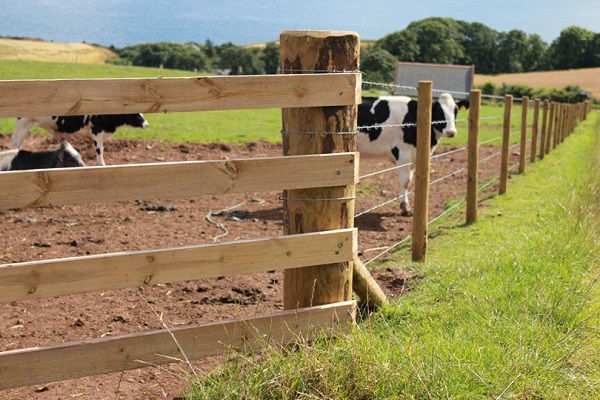

Unrestricted grazing of cattle is the way many other developing countries like Uganda especially in Northern Uganda keep their cattle. Cattle roam and graze freely destroying farms and farmlands. Their activities also pollute drinking water sources in many areas across the country. Resistance to this has resulted in conflicts between nomads and other farmers who are the victims.
Pasture lands are gradually becoming narrow due to the expanding population and developments. The herdsmen resort to the farmlands and their water sources for the survival of their cattle herd. We also believe, in some situations, that these nomadic herdsmen are conservative, reluctant to change their nomadic way of life.
Cattle rearing, like many agricultural ventures, is a business and must be handled as such. It requires good investment and management to give good returns.
The creation of a rotational or paddock grazing system is one of the solutions that will help cattle rearers to keep a healthy stock fed and watered without destroying crops of other farmers.
Rotational or paddock grazing generally means dividing the pasture into sub-pastures called paddocks. The cattle are moved between pastures as and when needed. This allows a cattle producer to better manage forage in a pasture for a long term. However, it requires more labour.
The basic components of a grazing system include; Landscape, Forage, Livestock, Water and Fence.
Guidelines for a good Paddock Grazing System design
Keep cattle within 800 feet of water. This will increase water consumption, improve grazing distribution and distribute manure more uniformly.
Make paddocks as “near to square” as possible. When paddocks are near to square as possible the length of fence reduces, the cattle are closer to water and grazing distribution is more uniform.
Make primary subdivisions along contour lines, following the lines of the landscape for boundaries.
Size the paddocks with similar grazing capacity and not acres. This will make sure consistency in pasture availability, ease and efficient paddock rotation management and uniform intervals of rests for grazed pastures for adequate regrowth.
Create lanes for cattle movement. Avoid moving cattle from one paddock to another through a third paddock. The lane will help to avoid using third paddocks as passages to another. Use the lanes for cattle movement only.
 Contact Jaguza Support
Contact Jaguza Support